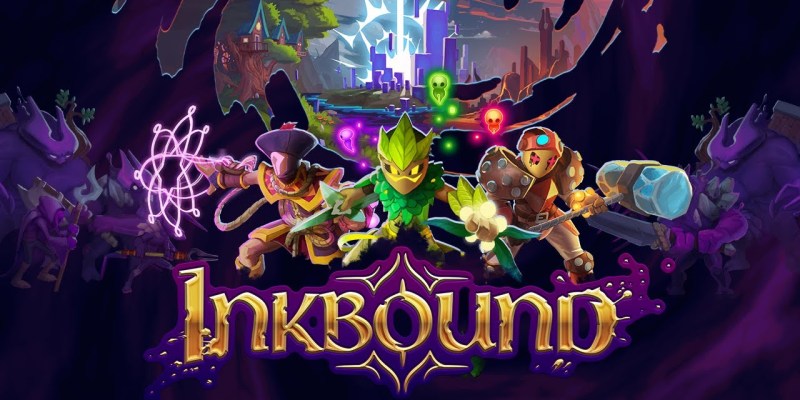I love not quite knowing where a game is going. I had no idea of what to expect when I first played Slay the Spire, and although it shares mechanics and trappings with Spire, Monster Train also had enough to surprise and delight new players. As such, I am comfortable saying of Inkbound — the new game from Shiny Shoe, the developer of Monster Train — that I don’t quite know where the game is going, and that is okay.
But first, the rundown: Inkbound shares much with Monster Train, and by extension Slay the Spire, as a turn-based fantasy RPG with roguelite progression, in addition to representing player actions through cards. The differences this time, though, are enough to divorce Inkbound from being “Slay the Spire, but—.”
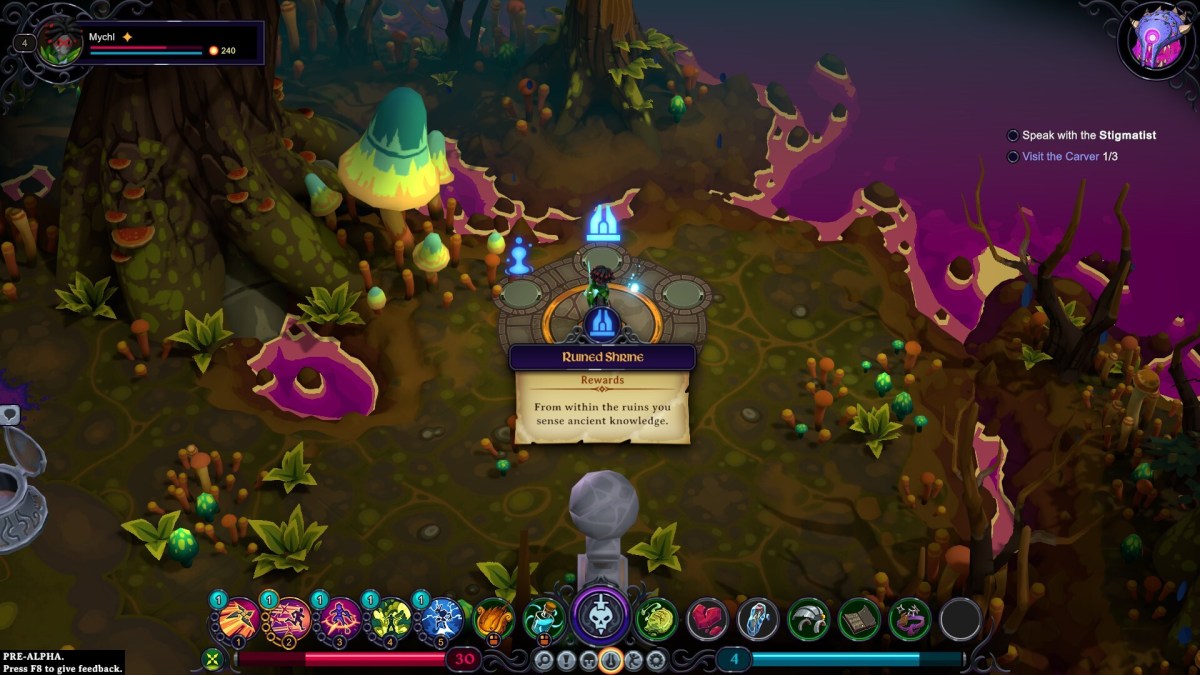
The most obvious from the jump is that the visual design has shifted from Monster Train‘s divisive and slightly chintzy “mobile style” to something more akin to Warcraft or Torchlight. The art isn’t the most striking and perhaps resembles too many other games also currently available, but there is an unpretentious charm in its meat-and-potatoes fantasy presentation. The premise and story so far are also fairly basic, without having anything egregiously annoying to write home about.
Players take on the role of Needless, a blank-slate character who emerges from the sea of Ink to one day become the “Inkbound” and help save the lands of stories from a force that’s devouring … the imagination … snork …
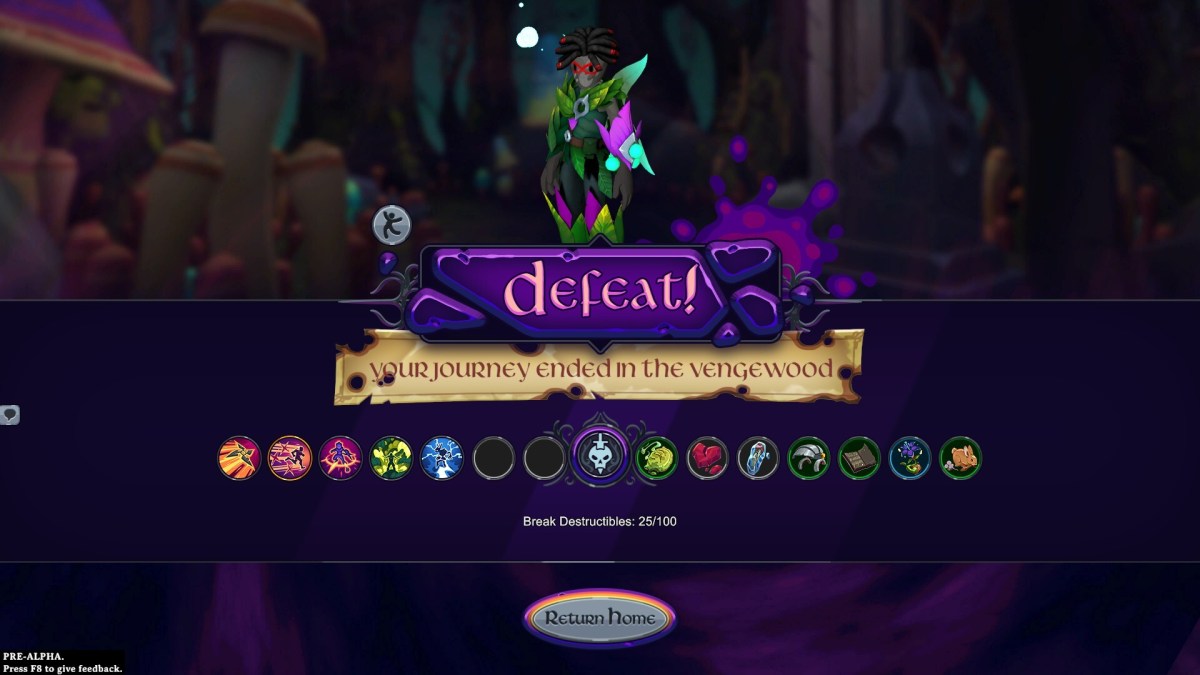
Oh sorry, I was drifting off thinking about Inkbound‘s story and world. The reason for blank slates and quick, compartmentalized goals is presumably because the game is not a solo experience, but rather a fully online multiplayer co-op experience, where players join forces, craft character builds, and fight in a handful of cosmetically distinct environments … daily and weekly missions … season goals and XP … honk … shooooooo … mimimimimimi …
Okay, so not everything about this new game is exciting — you will have seen its features before in plenty of other online-only games-as-a-service experiences. The wraparound indeed feels like a lot of post-Destiny games — or even some online co-op games that aren’t strictly GaaS, such as Outriders. After a brief tutorial, you zap into a lobby area filled with other players, from where you can activate the standard meta-progression aspects of a roguelite RPG such as unlocking new abilities and gathering quests.
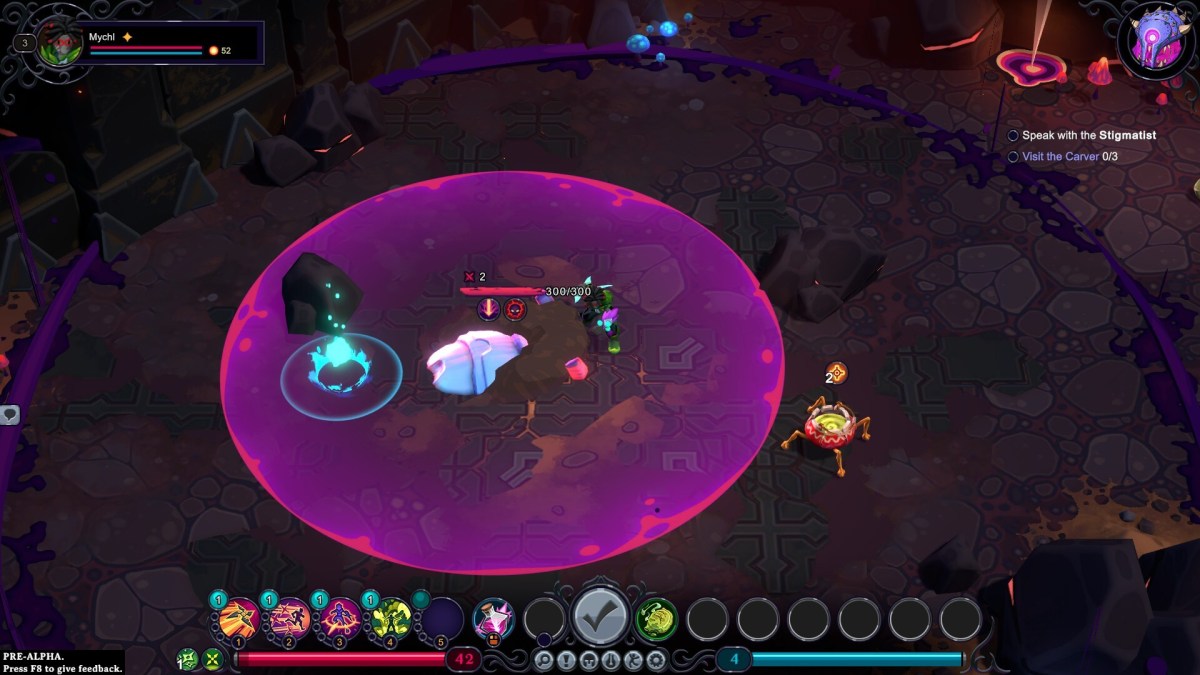
Yet if the container is a bit staid, the expertise behind Monster Train is fully on display at the mechanical core of Inkbound, in the combat and missions themselves. Though the game is not about deckbuilding in the same way as Monster Train, the many themed powers (here sorted into an array of unlockable character classes) are represented with cards that require mana to use in battle, and players familiar with the earlier games will likely recognize many of the early mechanics and combo strategies. The missions are also structured like the zones in the earlier games, with a choice of upgrades following each combat and branching paths between.
Unlike Shiny Shoe’s first game or Slay the Spire, however, players have direct control over their Needless both in and out of battles. Outside, players “Diablo” their way around forests, mountains, forgotten cities, and other world themes, smashing pots (or gravestones, or plants, or piles of books) to collect currency and maybe the occasional helpful item.
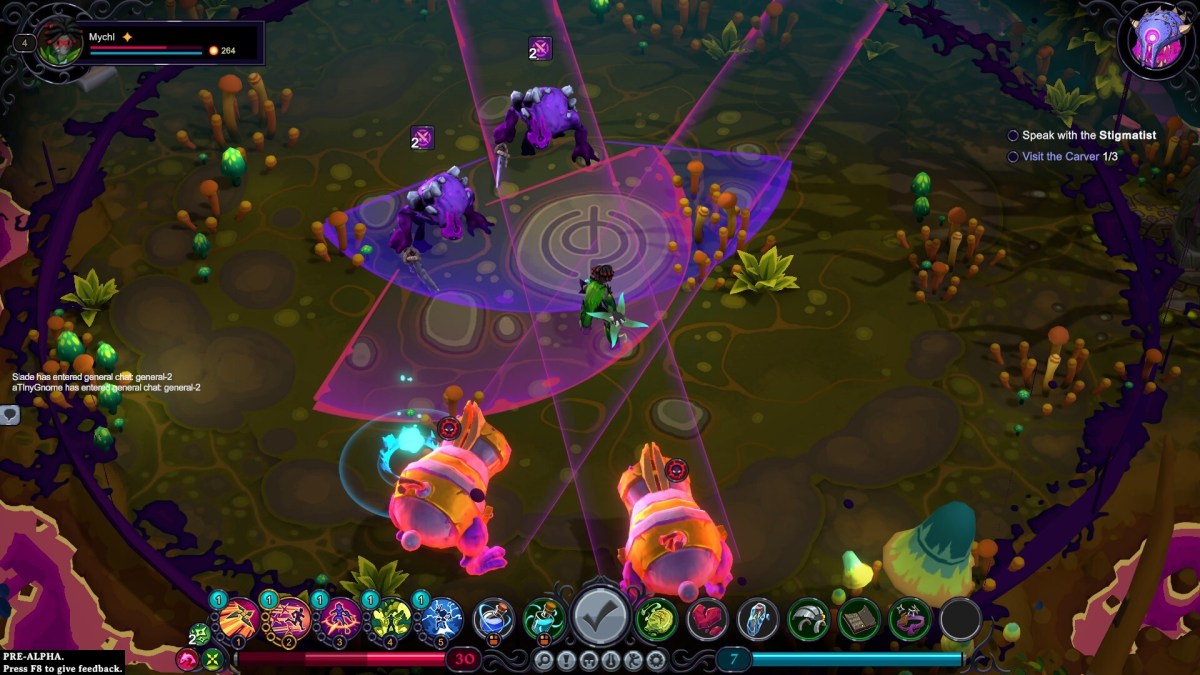
Once a battle begins, Needless can move around the circular combat arena with the same freedom as other gridless tactics games such as the recent Mario + Rabbids Sparks of Hope. The attacks themselves benefit from this freedom of positioning, since they almost always have MOBA-style areas of effect. As seen above, these can become intimidating quickly.
I really enjoyed learning the ins and outs of combat, especially beyond the first hour or so. After a few missions, I had encountered a diverse range of enemies and tested several different character builds. The initial three classes available in the Inkbound technical test preview are probably what you expect: one strong, one tricky, and one magical. Even without a focus on deckbuilding, there are enough decisions about active and passive abilities between battles that each run looks to be as varied as any Slay the Spire run.
The multiplayer-online-games-as-a-service trappings of Inkbound are unimaginative at worst or no different from those of most similar games at best. However, beyond that, there is plenty to look forward to as another spin on the turn-based roguelite formula, and doubly so if you want to play online co-op with friends. This time it is much, much more than “Slay the Spire, but—.” I only hope Shiny Shoe implements an offline function by the time Inkbound potentially arrives on consoles.
For now, the game is scheduled for release on PC through Steam later this year.
